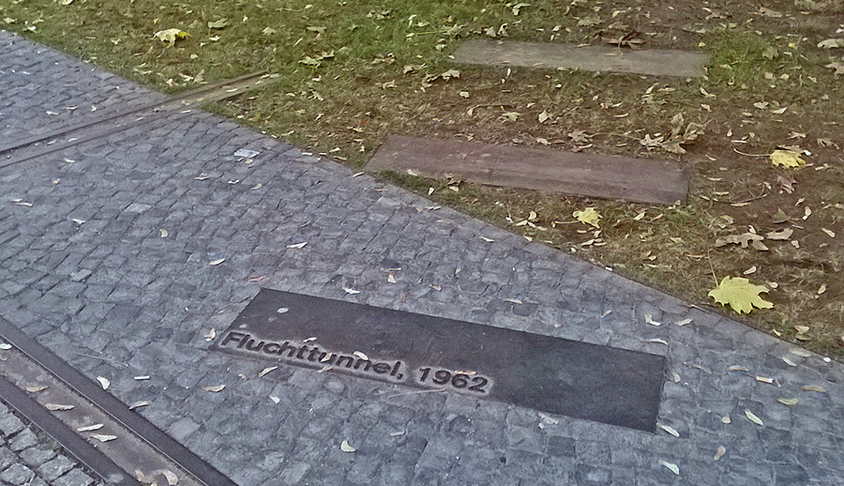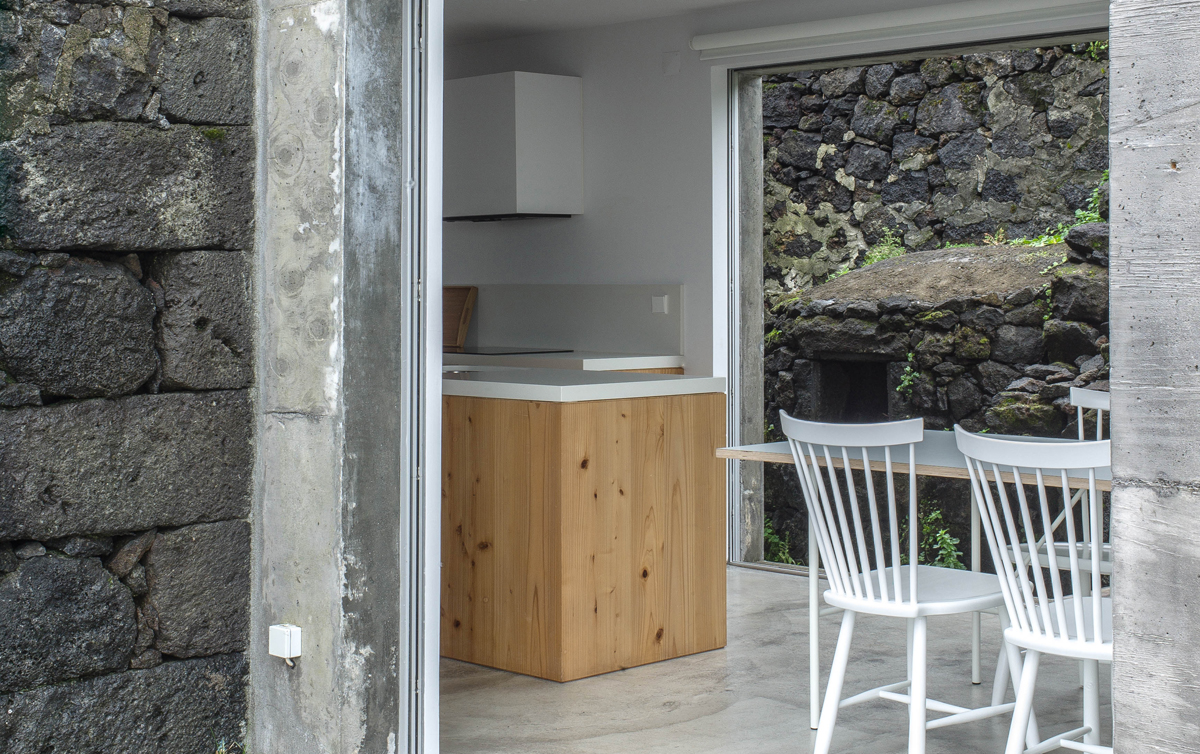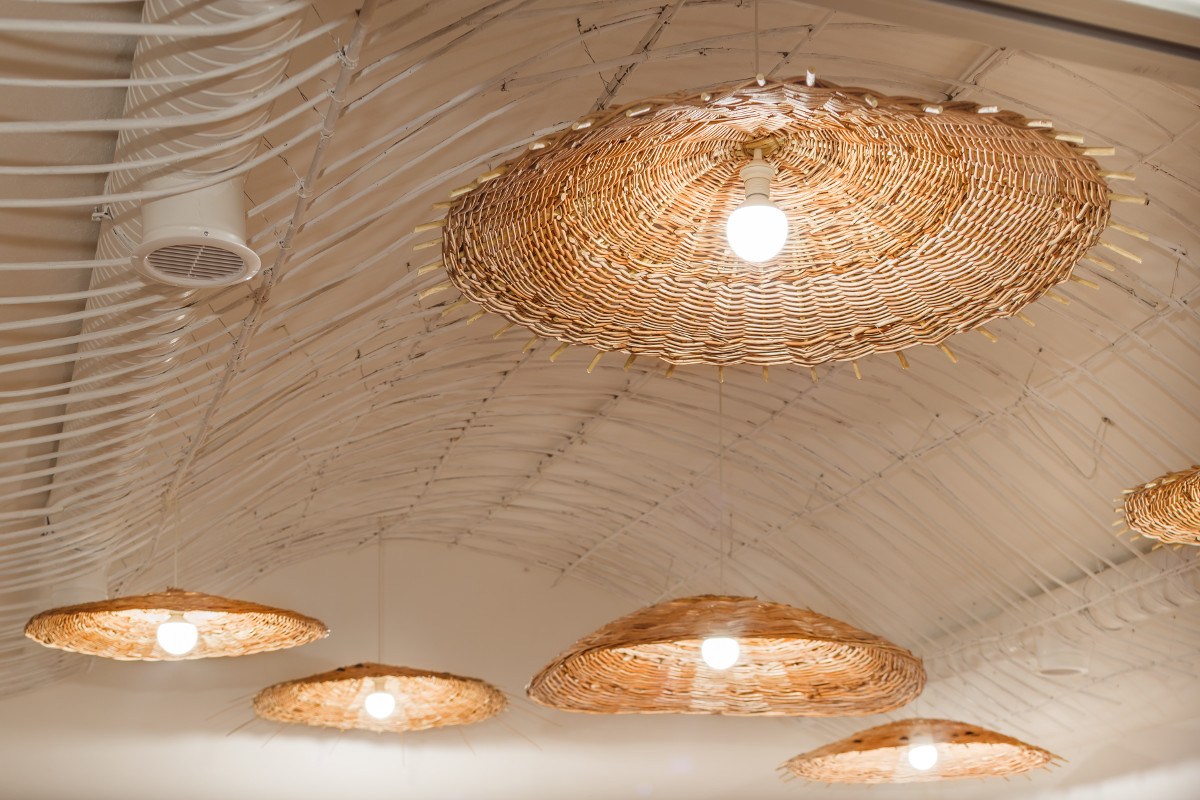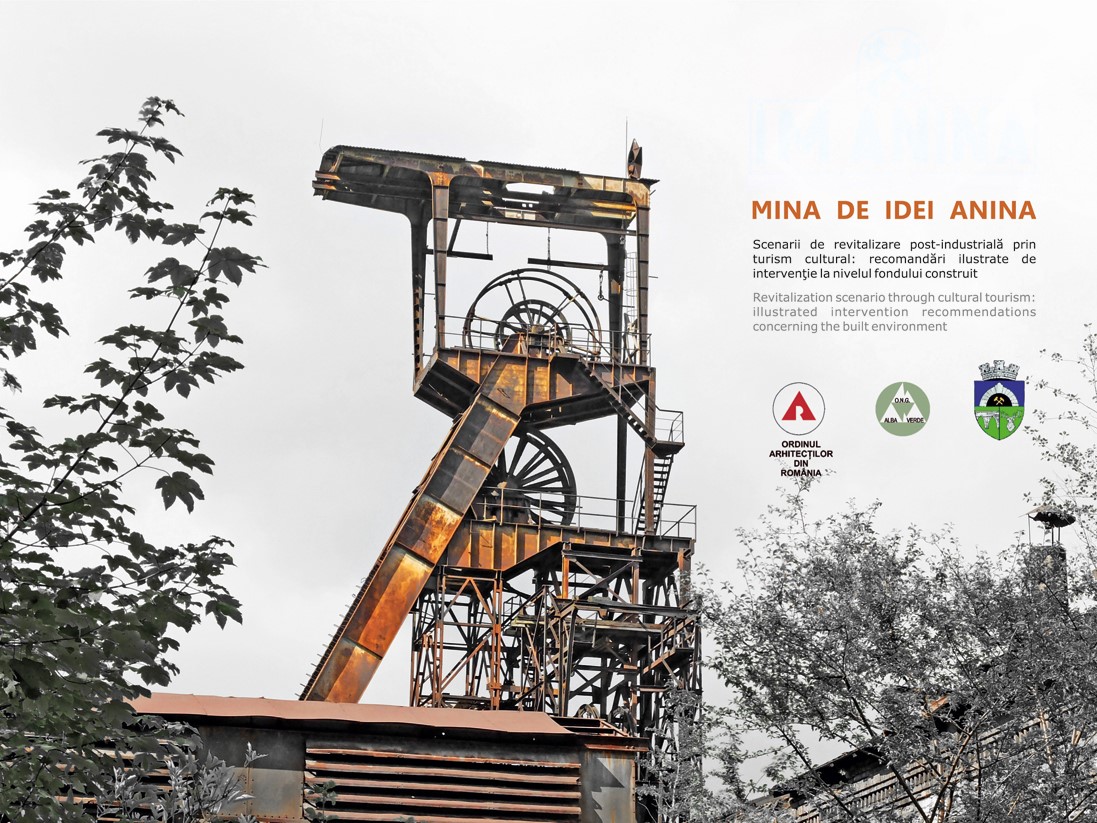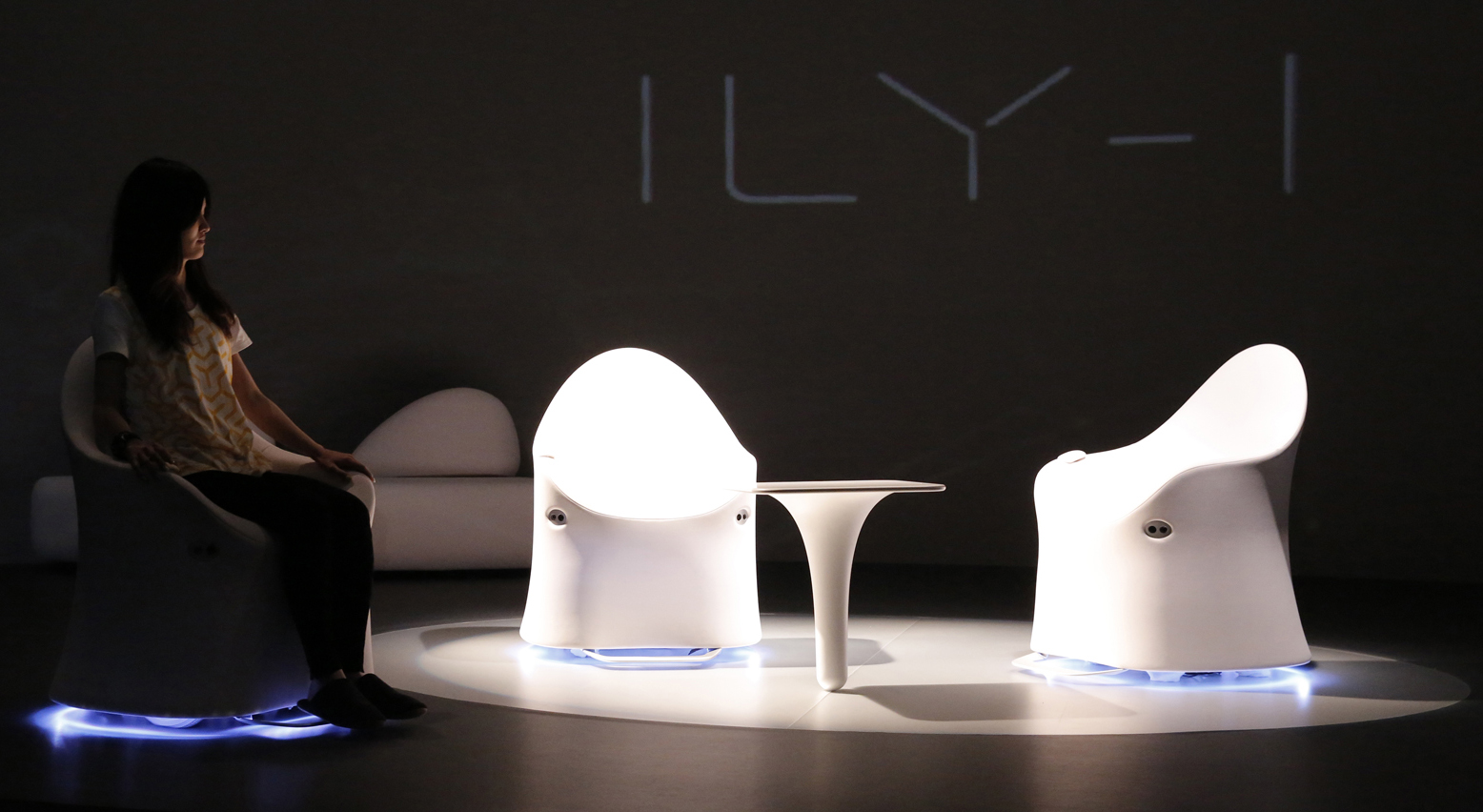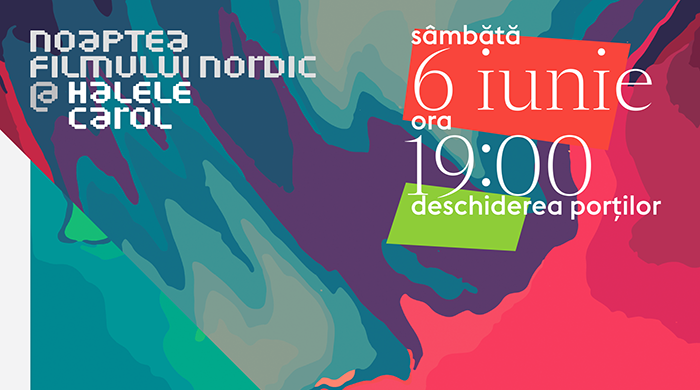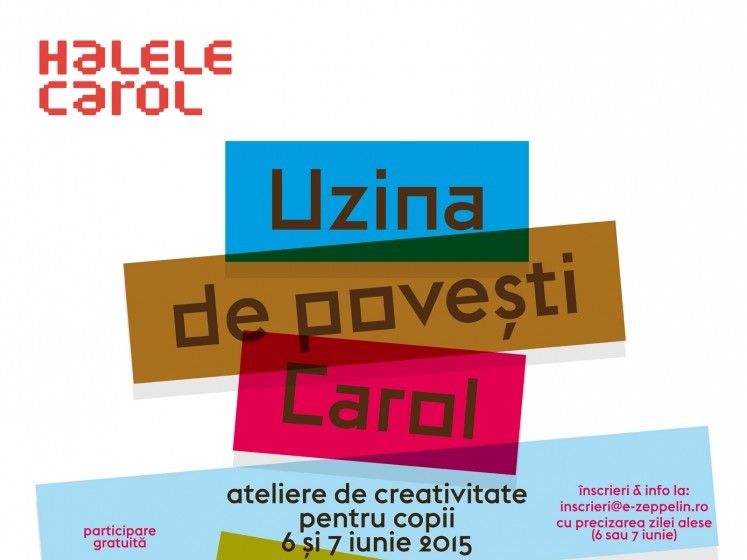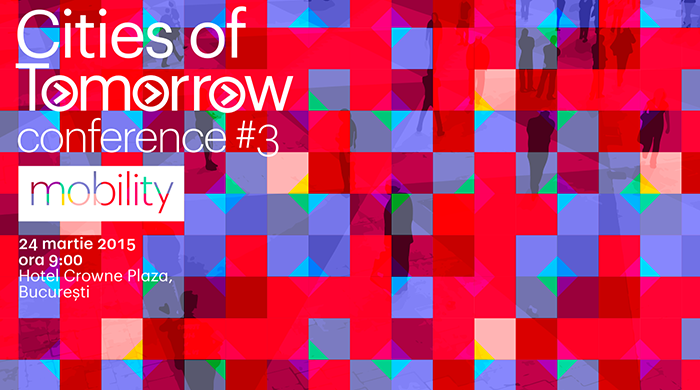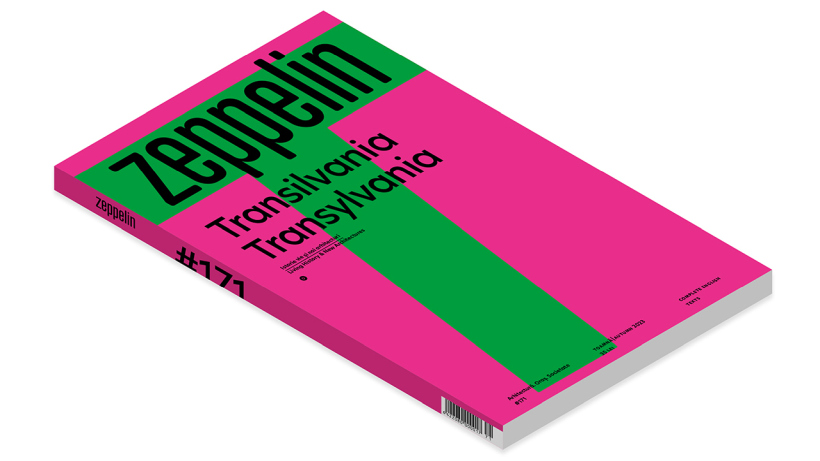Text & photo: Ștefan Ghenciulescu
This article is not about the already famous gigantic cross with twinkling lights proposed for University Sq as a monument to the 1989 Revolution; it is only the latest in a series of authoritarian and pompous actions that have been rained upon us from various city administrations in the past years. Impaled potatoes, grotesque busts, monstrous princes, cumbersome allegories…
Beyond the lack of artistic culture of the commissioners and the fact that they waive any advice or public consultation, the problem seems to be the need for bombastic: in order to remember or simply to honor something good and beautiful, you must exaggerate, look for grandeur, size, magnitude and maximum visibility. They must be seen, literally jump at you. Otherwise, the monument doesn’t work, it seems.

